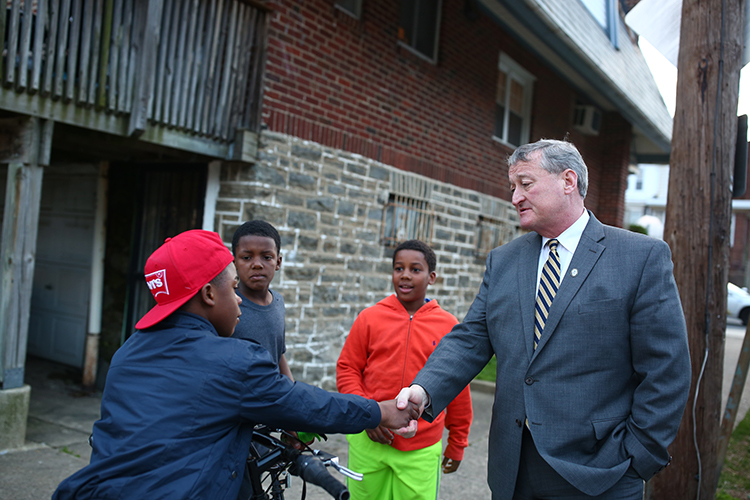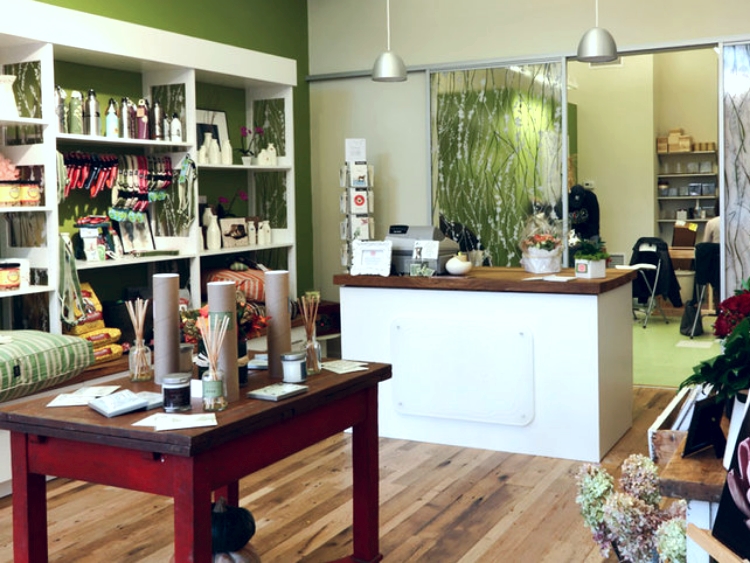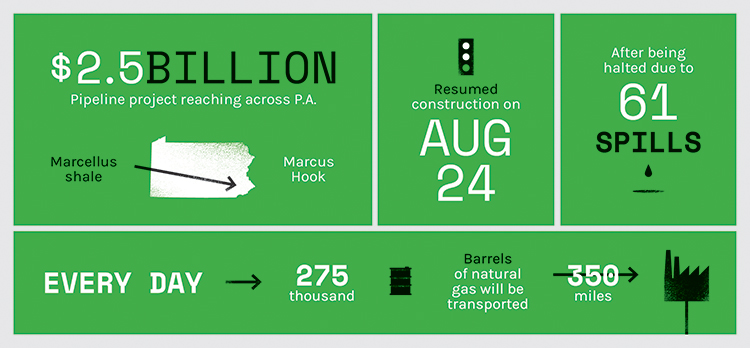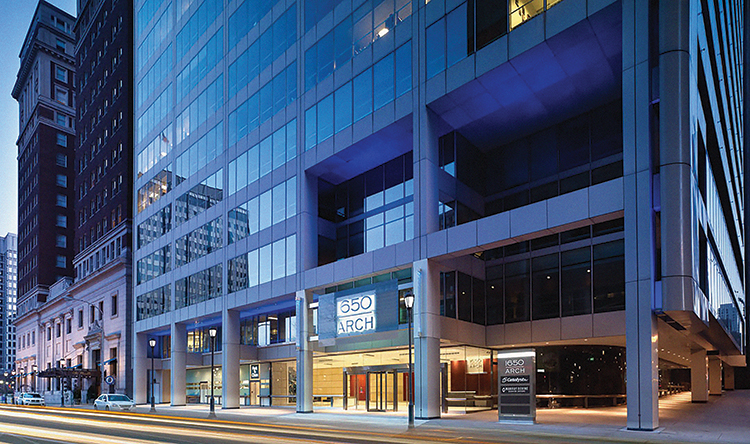Cleaner parks, lower crime, better libraries and living wage jobs are all part of the ‘Rebuild’ program being funded by the city’s ‘soda tax’
By Danielle Corcione and Heather Blakeslee
If you live in Philadelphia, you’ve heard of the brouhaha over the “soda tax,” and have been paying a little more lately if you have a Coke habit. But unless you’re in the habit of lurking on the Urban PHL Facebook page or getting into the wonky details of city planning, you might not know that those extra pennies are being invested in Philadelphia’s libraries, parks and recreation centers through a program called Rebuilding Community Infrastructure—Rebuild for short.
It’s a massive undertaking that will revitalize hundreds of spaces all over Philadelphia, spearheaded through the Mayor’s Office and carried out by many different city departments, including Parks and Recreation and the Free Library of Philadelphia.
Critically, the investments will be in neighborhoods outside of Center City that have long been neglected.
“We want to be investing in the neighborhoods of Philadelphia that need these investments the most,” explained Nicole Westerman, Rebuild’s executive director. “We want to make investments that have a good chance of catalyzing additional growth and stabilizing neighborhoods in transition.”
Investing in public spaces, specifically libraries and parks, has some obvious benefits for communities, including better access to educational opportunities and safe places for recreation. But it can also reduce crime rates, as the city has seen in other projects. As the initiative’s website explains, when “the City [of Philadelphia] and the Fairmount Park Conservancy invested $5 million in Hunting Park, crime around the park went down 89 percent over the next three years.”
“The community engagement work is a key piece of the kind of ownership that results in crime reduction,” Westerman added.
Though officials were vague on what the program’s community engagement strategies will be, they insist it will be a big part of the initiative, and also want to emphasize that the program isn’t just new light bulbs and boilers in a cycle of routine capital upgrades.
“We don’t just want to replace and plant equipment,” said Mike DiBerardinis, managing director of the city. “We want to transform these facilities into 21st century facilities that are beautifully designed with great materials, which grow over time like good investments should.”
The project’s $500 million budget will revitalize 400 possible sites all over the city, including 128 neighborhood parks, eight watershed parks, 130 playgrounds, 93 recreation centers, 53 libraries and 14 other community facilities such as trails and adult centers. The first $300 million comes from the city’s newly implemented soda tax, and Rebuild received a $100 million grant from the William Penn Foundation, which is the largest grant the organization has ever given.
Over the next seven years, during the first phase of funding, 150 to 200 sites will be renovated.
These specific locations were chosen using data collected in early 2016 by Interface Studio, a project that was funded by the William Penn Foundation and the Knight Foundation. This citywide mapping explored neighborhoods through population density, demographics, income and poverty, crime and neighborhood health indicators.
Job creation is another potential benefit of the program. The city’s first contract is with Talson Solutions, a Philadelphia-based minority business enterprise within the construction industry.
The Rebuild website lists information for contractors on how to get involved, and nonprofits that want to spearhead their own revitalization projects under the mission of Rebuild will be able to apply for grants.
“We are doing our best to connect small local business with Rebuild contract opportunities,” says Westerman. “[We want to] develop a program of support to help those businesses grow and develop.”










Sugar at the concentrations put in man modern addictive foods is toxic. That’s why you can leave a jar of jam in a Jersey diner booth sitting on the table for 10 years and it still tastes good. The high amounts of sugar in it kills everything. Imagine what happens when you eat it.